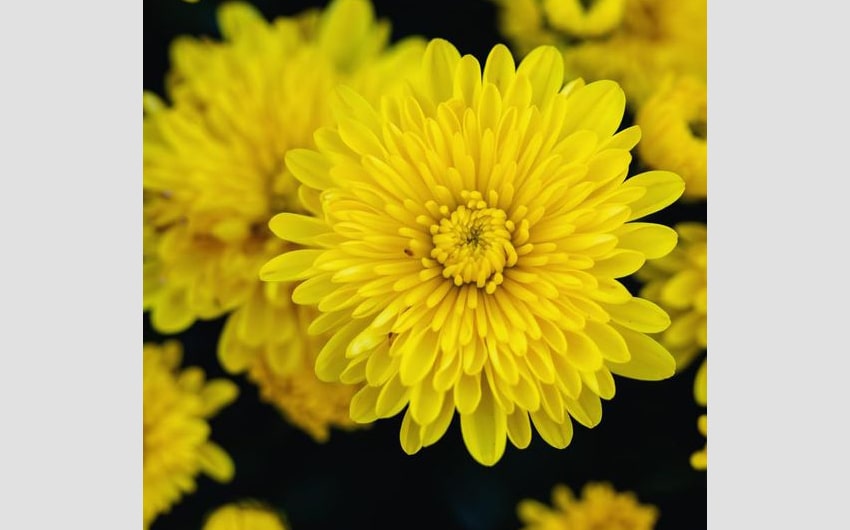15 Flowers with Negative Meanings You Might Not Know
Flowers often carry messages of love, friendship, and joy, but not all blooms share such cheerful symbolism. In fact, some flowers have meanings rooted in darker emotions, like sorrow, rejection, or even danger. These flowers with negative meanings reveal the complex language of plants, where beauty and symbolism don’t always align.
From the haunting allure of black roses to the melancholy of marigolds, each of these flowers carries a unique message that speaks to life’s less joyful moments. Whether you’re a flower enthusiast or just curious, exploring these blooms offers a fascinating look into the more somber side of floral symbolism.
1. Black Rose
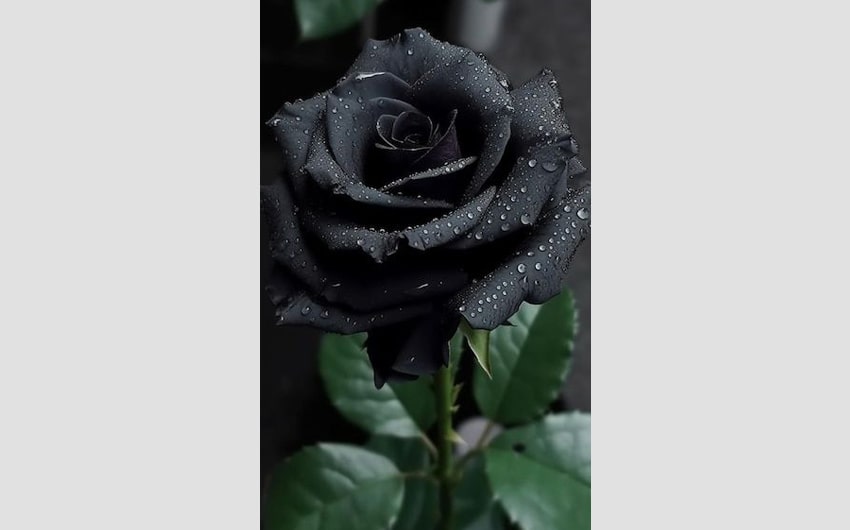
Image source: Pinterest
The black rose is perhaps one of the most striking flowers with a negative meaning, often symbolizing death, tragic love, or farewells. Unlike typical roses, which convey love and passion, black roses represent the end of a relationship or a parting that carries sorrow or finality. They are commonly used in Gothic literature and art as symbols of loss or the fleeting nature of life, lending a sense of mystery and melancholy.
While true black roses don’t naturally occur, dark varieties of roses—often a deep red or purple—are cultivated to appear black. These deep, dramatic hues evoke emotions tied to mystery, the unknown, and even rebellion, making black roses a favorite in alternative subcultures and darker-themed art. Their association with grief and sorrow has made them popular at funerals or memorials, adding to their symbolic weight as tokens of endings.
Interestingly, the black rose’s meaning varies by context. In some cases, it can signify a “new beginning” after an end, representing resilience and rebirth. Despite its dark associations, the black rose’s unique beauty and rare color give it a sense of allure, blending sorrow with strength in a way few other flowers do.
2. Yellow Carnation

Image source: Pinterest
Yellow carnations are often associated with rejection, disdain, or disappointment, giving them a surprising place among flowers with negative meanings. In Victorian flower language, where each bloom conveyed specific emotions, the yellow carnation was used to communicate feelings of unreciprocated love or even a sense of betrayal. Unlike their pink or red counterparts, which symbolize admiration and love, yellow carnations carry an unexpectedly sharp message.
The bright color of the yellow carnation can be misleading, as it suggests cheerfulness at first glance. However, when presented as a gift, it may signal disinterest or even a breakup, making it a poor choice for romantic occasions. This duality in the yellow carnation’s meaning highlights the complexity of flower symbolism, where outward appearances don’t always match underlying messages.
In modern times, yellow carnations are sometimes chosen for arrangements meant to represent platonic friendships or general well-wishing, but the traditional meanings of disappointment and rejection linger. This makes yellow carnations a unique choice, especially for those who appreciate the depth and subtlety behind Victorian flower symbolism.
3. Petunia
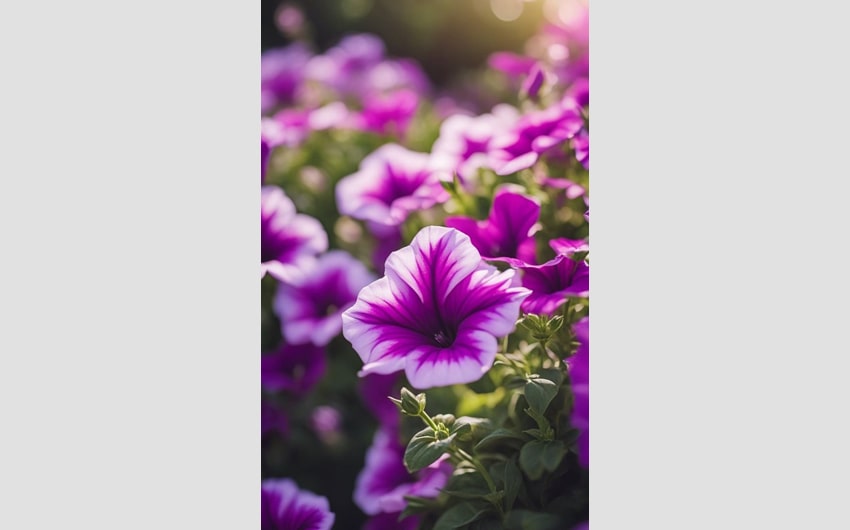
Image source: Pinterest
The petunia, with its delicate, trumpet-shaped blooms, may look inviting, but it actually symbolizes anger, resentment, and even animosity. Traditionally, petunias have been associated with negative emotions, particularly in the context of personal relationships. The flower’s meaning often stems from the idea that it flourishes in poor soil, symbolizing a kind of beautiful resilience tinged with frustration or bitterness.
Petunias are often used as a subtle way to express displeasure or a sense of having been wronged. In floriography, the Victorian language of flowers, giving someone petunias might indicate dissatisfaction or unresolved conflict. Their delicate appearance is at odds with their powerful, sometimes bitter symbolism, creating an intriguing contrast.
Despite these meanings, petunias are still popular in gardens for their resilience and bright colors, making them a versatile plant that thrives in various conditions. However, their hidden message of resentment might give gardeners a fresh perspective on this seemingly cheerful flower.
4. Lavender Hyacinth
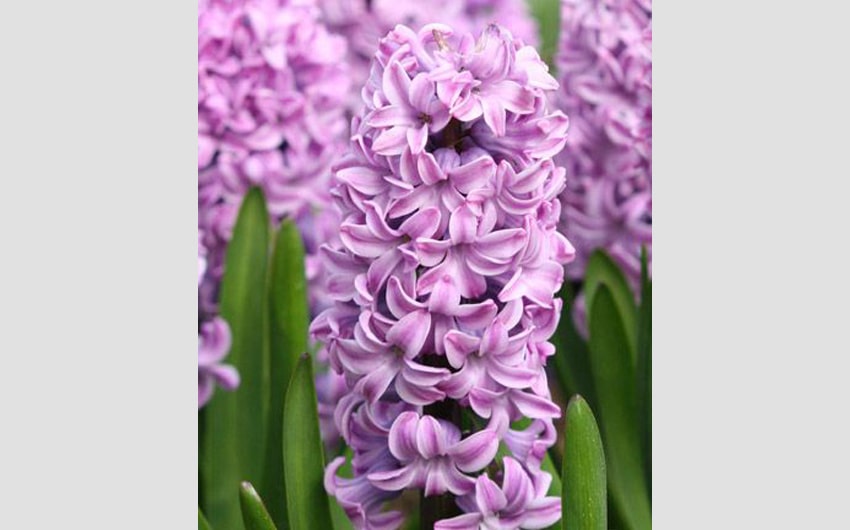
Image source: Pinterest
Lavender hyacinths carry a sense of regret, sorrow, and apology, symbolizing a bittersweet longing to mend past mistakes. In the language of flowers, lavender hyacinths are often given to express feelings of regret or a desire for forgiveness, making them one of the few flowers with a clear association with remorse. This meaning is particularly resonant for those who wish to express a heartfelt apology.
The lavender hue of the hyacinth adds a layer of softness to its symbolism, representing gentle remorse rather than intense grief. Its scent, rich and lingering, enhances this feeling of quiet sorrow, as if the flower itself is seeking to convey a message of reflection and humility. For this reason, lavender hyacinths are sometimes included in bouquets intended for reconciliation or as gestures of peace.
Historically, hyacinths were associated with Greek mythology, where they symbolized tragedy and remembrance. This backstory only deepens the hyacinth’s association with regret, making it a thoughtful choice when words alone may not be enough to convey remorse.
5. Marigold

Image source: Pinterest
The marigold, with its warm golden hues, is often linked to grief, despair, and even jealousy. Despite its cheerful appearance, the marigold has historically represented sorrow and loss, particularly in Latin American cultures, where it’s commonly used during Día de los Muertos (Day of the Dead) celebrations to honor the departed. In this context, marigolds serve as a bridge between the living and the dead, helping to convey a sense of mourning.
In the Victorian language of flowers, marigolds were sometimes associated with feelings of envy or unfulfilled desires, adding a layer of bitterness to their otherwise bright presence. The marigold’s bold color was seen as a contrast to these more somber emotions, highlighting the complex symbolism that flowers can carry.
Today, marigolds are still used in memorial arrangements and rituals that honor lost loved ones, often as symbols of remembrance and respect. Their striking colors remind people of the beauty of life, even in the face of grief, making marigolds a meaningful yet somber addition to floral displays with symbolic weight.
6. Buttercup
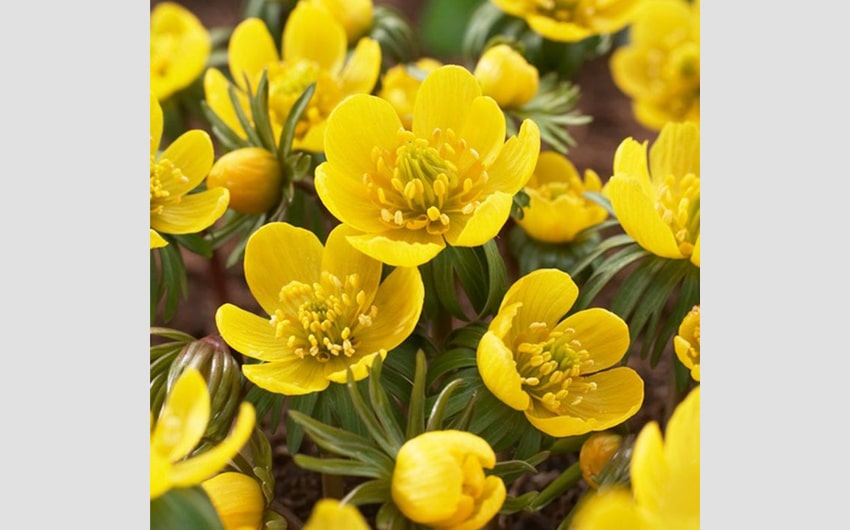
Image source: Pinterest
The buttercup, with its bright and cheerful yellow petals, might seem harmless, but it actually symbolizes childishness, immaturity, and sometimes ungratefulness. In Victorian flower language, giving someone a buttercup was a subtle way to comment on their perceived lack of maturity or gratitude. Despite its sunny appearance, the buttercup’s meaning adds a surprising layer of judgment to this common wildflower.
One of the reasons for its negative associations is the buttercup’s resilience and tendency to grow in less-than-ideal conditions, often in an invasive manner. This persistence, while admirable, has been viewed as a sign of unruly or childish behavior, reflecting a carefree and, at times, inconsiderate attitude. Its pervasive nature makes it a symbol of persistence, yet with a slightly negative undertone.
Today, buttercups are enjoyed for their cheerful appearance in fields and gardens, but their symbolism is a reminder of how appearance can be deceiving. Though seemingly innocent, the buttercup’s historical meanings may still resonate for those who delve into the language of flowers.
7. Lily of the Valley

Image source: Pinterest
The lily of the valley, often viewed as a symbol of purity and sweetness, has a bittersweet side as well. While it is associated with happiness and luck, it also carries the meaning of a “return to sadness” in certain contexts. This complex symbolism stems from its delicate, bell-shaped flowers, which seem almost fragile, as if they embody the transient nature of happiness.
Historically, lily of the valley has been linked to tales of sorrow and loss. In some Christian traditions, it is said to represent the tears of the Virgin Mary, which fell and bloomed into these small white flowers, symbolizing both mourning and renewal. This duality gives the flower a rich emotional depth, reflecting both joy and the return of sorrow.
In modern times, lily of the valley is sometimes used in memorial arrangements, its subtle fragrance and delicate appearance evoking a quiet, poignant sorrow. This flower serves as a reminder of the fleeting nature of happiness and the inevitable return of life’s sorrows, making it a powerful, if bittersweet, symbol in floral arrangements.
8. Aconite (Monkshood)

Image source: Pinterest
Aconite, also known as monkshood, is one of the more ominous flowers in the language of flowers, representing betrayal, danger, and even death. Its dark, hooded petals resemble the cowl of a monk, giving it a mysterious appearance that matches its dangerous reputation. Throughout history, aconite has been associated with poison and treachery, as it was often used in ancient times as a toxic weapon.
The sinister associations with aconite go beyond its appearance; it contains potent toxins that can be lethal if ingested. In mythology and folklore, aconite was often referred to as “wolfsbane,” as it was believed to repel werewolves and other supernatural creatures. This connection to both death and defense against evil gave it a reputation for being both feared and respected.
Today, aconite’s negative meaning persists, and it is rarely given as a gift. However, its dramatic beauty and rich history make it an intriguing flower, often appearing in gothic-inspired gardens or dark-themed floral arrangements. Aconite is a reminder of the darker side of nature, symbolizing betrayal and caution in the language of flowers.
9. Orange Lily

Image source: Pinterest
The orange lily, with its bright and fiery color, stands out in the garden, yet it carries a negative meaning of hatred, disdain, and even pride. Unlike the softer meanings associated with other lilies, the orange lily’s vibrant hue is linked to more intense emotions, particularly in the language of Victorian floriography. This bold color suggests a sense of arrogance or bitterness, giving it an edge that’s less common among lilies.
In some cultures, the orange lily is used to symbolize intense or even unkind passion, reflecting feelings that are overwhelming or difficult to contain. Its striking appearance and association with disdain make it a flower that stands out, both visually and symbolically. When given in certain contexts, the orange lily could be seen as a statement of defiance or even disrespect.
Though beautiful, the orange lily’s strong symbolism makes it a choice best reserved for situations where its meanings are fully understood. Its association with pride and intense emotion serves as a reminder that flowers can communicate powerful messages, even when their beauty masks their darker connotations.
10. Foxglove
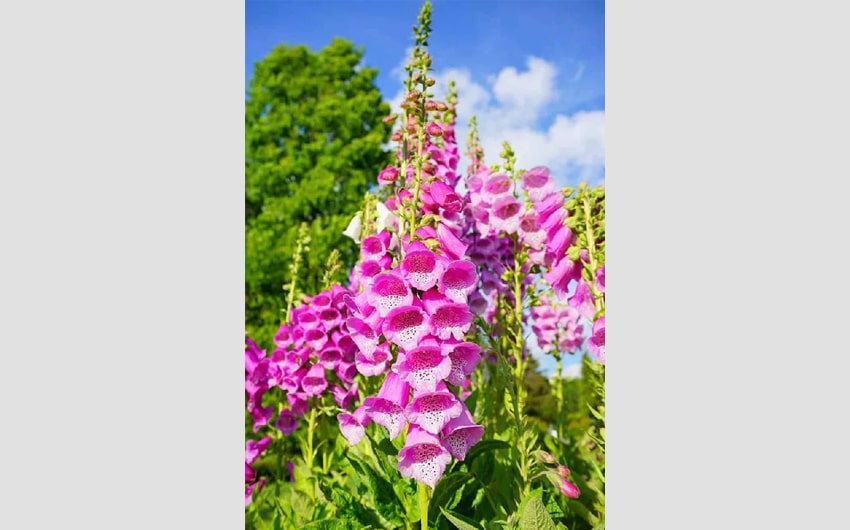
Image source: Pinterest
Foxglove is a beautiful yet mysterious flower, symbolizing insincerity, distrust, and hidden danger. Known for its tall spikes of bell-shaped blooms, foxglove appears graceful and enchanting, but its beauty conceals a potent toxicity. In the language of flowers, foxglove warns of deception or betrayal, reflecting the idea that appearances can be misleading.
Historically, foxglove has been linked to both healing and harm, as it contains digitalis, a compound used in heart medication but lethal in high doses. This dual nature has made foxglove a symbol of both life and death, embodying a sense of danger lurking beneath beauty. Folklore even associates foxglove with fairies and spirits, suggesting that those who interact with it might risk falling under a spell.
The foxglove’s intriguing dual symbolism of beauty and danger makes it a flower often featured in literature and art as a representation of hidden threats. Though it’s beloved in cottage gardens for its graceful appearance, foxglove remains a flower that commands caution, reminding us of the perils of deception and the darker sides of nature.


